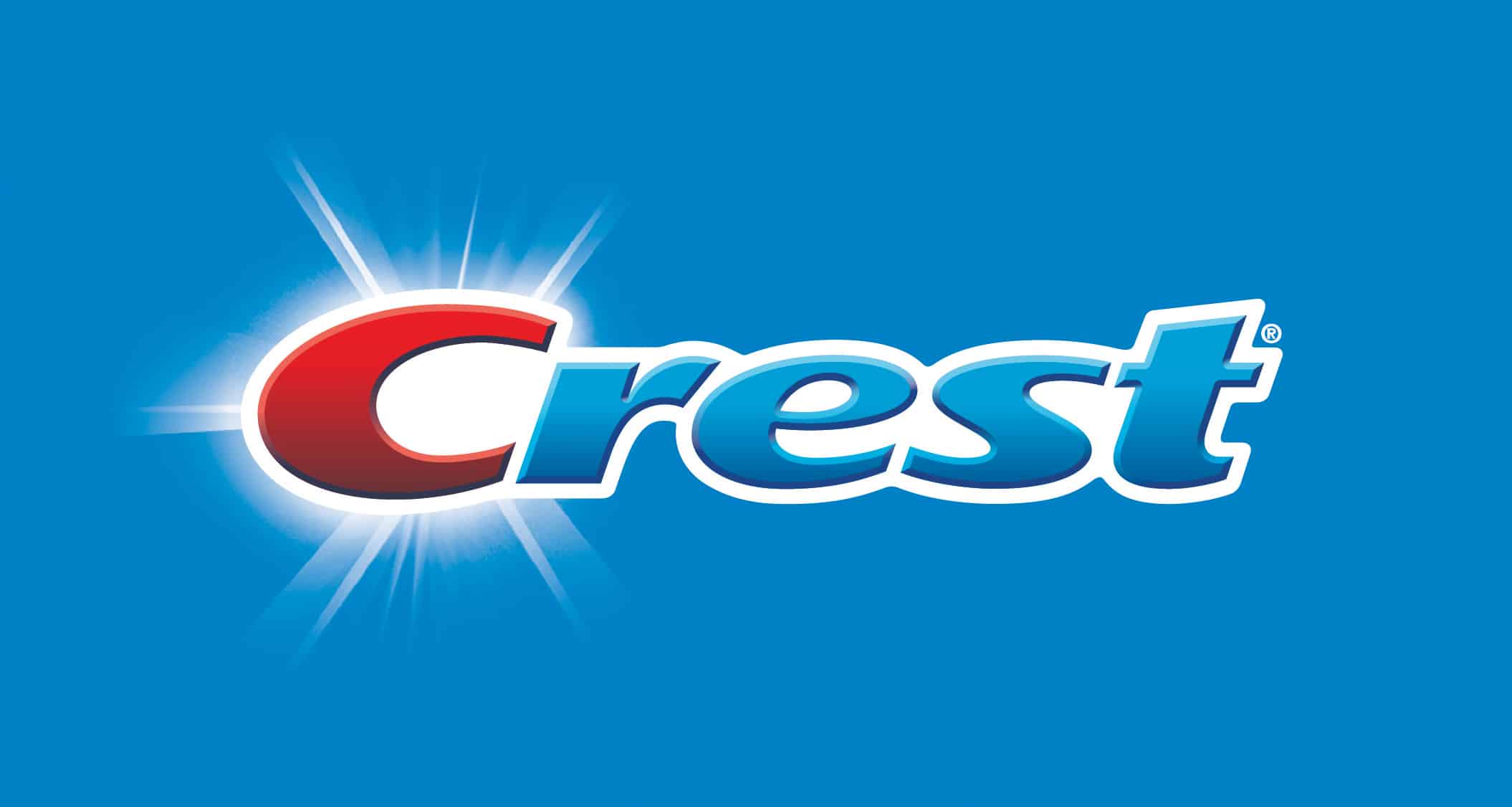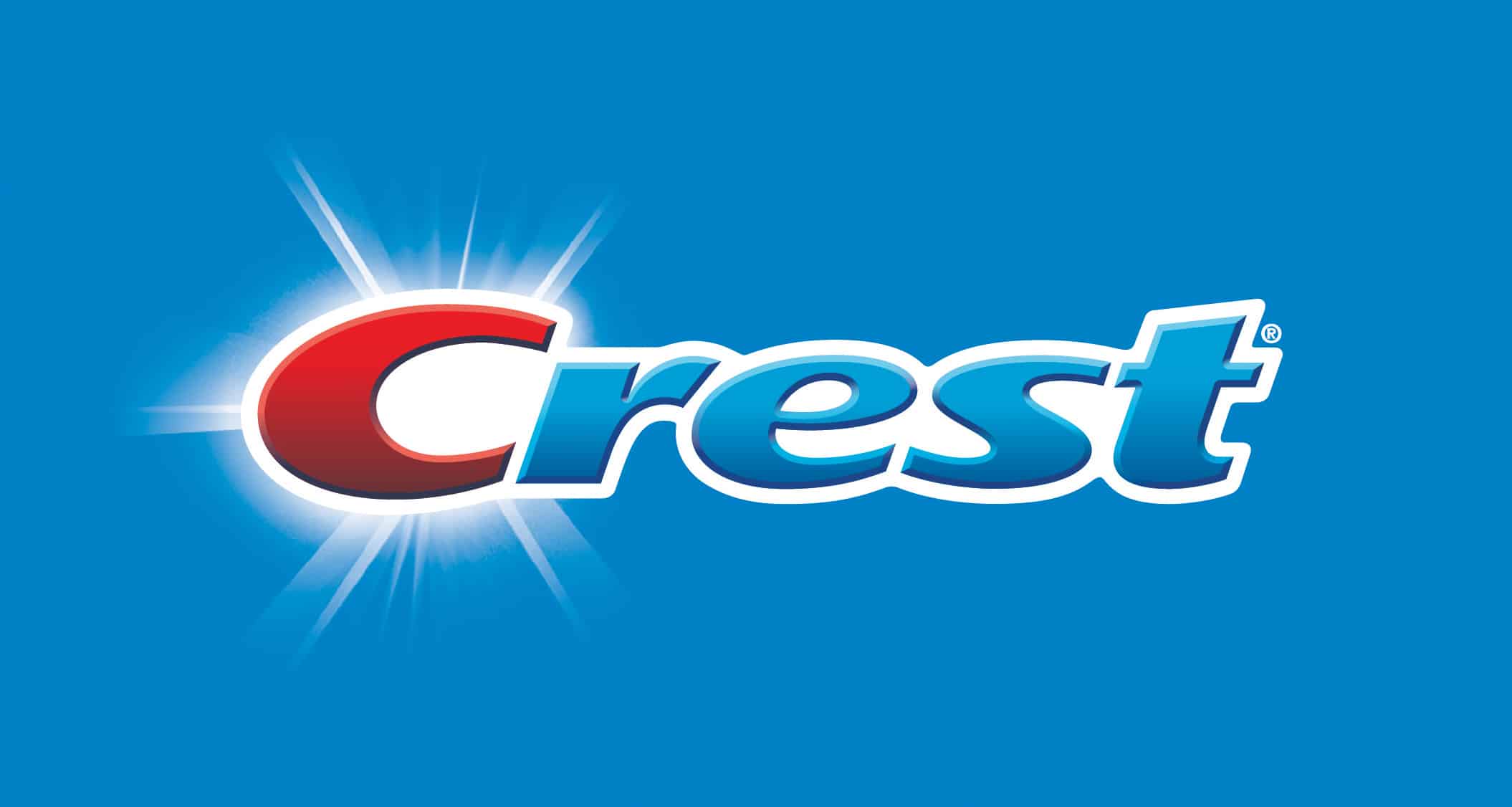2022 wonderful Managing And Rising Product Portfolios
[ad_1]
Most companies, and the managers who function them, search to develop. Certainly, a evaluation of most CEO letters related to annual experiences, finds development to be one of many two most often recognized aims (the opposite is money stream). Development, or at the very least well-managed, worthwhile development, is necessary for a lot of causes. It makes the agency extra precious to shareholders. It makes the agency a extra thrilling place to work, which makes it simpler to rent and retain expertise. It enhances the overall status of the agency, which frequently ends in a better capability to draw assets, extra fascinating suppliers and distribution companions, and better belief amongst prospects and potential prospects. Lastly, development will increase the chance of the agency’s survival over time. Given the various benefits of development, it isn’t shocking that it is a vital goal that could be a central focus of senior managers.
It’s a market actuality {that a} product can not develop ceaselessly. Regardless of how good the product and the way weak the opponents, a agency will ultimately run out of recent prospects to which it could promote any given product. When this occurs a agency might settle into a cushty maturity promoting to repeat prospects. Such companies will be very worthwhile, at the very least for some time, however they don’t seem to be very thrilling to shareholder, workers, or different stakeholders and the potential of obsolescence is at all times current. Thus, most companies search so as to add merchandise and open new markets. As a agency’s market matures, it could solely develop in one in every of two methods: promote extra product of the identical product to present prospects or discover extra merchandise to promote to present or new prospects. The previous technique focuses on capturing better market share or convincing prospects to make use of a product extra typically. Each are troublesome and costly to realize. Thus, the addition of merchandise to the agency’s portfolio of merchandise is a typical technique for development.
Bringing new merchandise to market isn’t straightforward. That is well-documented by the sizeable failure charges of recent merchandise. A lot of this failure is because of new merchandise not assembly a market want or failing to carry out higher than opponents. Nevertheless, one more reason for such market failures revolves round failures to know the complexity of managing a number of merchandise. These complexities come up from the interdependencies that usually exist amongst a number of merchandise. For instance, a brand new product might cannibalize the gross sales of an present product. Such cannibalization might end in a rise within the companies’ total prices (it prices extra to provide and distribute two merchandise than only one) with out including a lot extra income. Alternatively, having two or extra merchandise that enchantment to totally different teams of consumers might not solely enhance total gross sales; they might make the whole portfolio extra interesting to distributors who need to carry a full line of choices.
Economists and advertising and marketing students have devoted quite a lot of time to the research of such product interdependencies, and consideration of such interdependencies needs to be an express a part of the planning of any portfolio of merchandise. At a quite simple stage, there are two sorts of product interdependencies: demand interdependencies, that are the results of traits of the shopper and market as an entire, and provide interdependencies, which come up from producer traits reminiscent of how the product is produced and distributed. Because the examples above illustrate, these interdependencies will be both optimistic or damaging. The best scenario includes merchandise with each optimistic demand-side interdependencies and optimistic supply-side interdependencies. A very good instance is Procter and Gamble’s portfolio of dental hygiene merchandise. There are optimistic demand-side synergies, e.g., prospects acknowledge the “Crest” model frequent to all merchandise within the portfolio, have a tendency to purchase a number of merchandise within the portfolio (toothpaste, toothbrushes, mouthwash, and many others.), and store for these merchandise in the identical shops. On the demand aspect, the merchandise share frequent distribution and manufacturing traits.
In distinction, think about the case the place there are damaging interdependencies: an car producer might be able to use a manufacturing facility to make four-door sedans or pick-up vehicles however not each concurrently, and prospects have a tendency to purchase one or the opposite product, however not each. That is clearly a circumstance to keep away from. Certainly, in such circumstances, it might be higher to handle the merchandise as two separate companies and two separate manufacturers or sub-brands, relatively than as a part of a portfolio of associated merchandise.
What makes administration decision-making advanced is that supply-side and demand-side interdependencies can function in reverse instructions: optimistic demand interdependencies can exist side-by-side with damaging provide interdependencies and vice-versa, creating an attention-grabbing two-by-two matrix of interdependencies. For instance, there are clearly optimistic supply-side interdependencies among the many many manufacturers of laundry detergents supplied by Procter and Gamble, however there are additionally damaging demand-side interdependencies as a result of buying one detergent reduces the chance of buying one other. After all, this dilemma is definitely resolved if prospects are segmented and like to purchase one model or kind of product; that’s, the merchandise will not be aggressive. In such a case, the agency enjoys the advantages of optimistic supply-side synergies, and there are not any, or few, damaging demand-side interdependencies. Fairly, extra detergent is offered as a result of totally different segments purchase totally different merchandise; the merchandise will not be actually aggressive.
Evaluation of interdependencies amongst merchandise can turn into very difficult and requires experience from all through the agency: procurement, manufacturing, distribution, and advertising and marketing. This implies good analyses contain cross-functional groups. Interdependencies are additionally dynamic, so, like different environmental components like the overall economic system, know-how, and aggressive atmosphere, they have to be reviewed frequently as a part of the enterprise planning course of. Lastly, as a result of the related enterprise selections, reminiscent of useful resource allocation, contain trade-offs amongst merchandise within the portfolio, senior administration should play a decisive position.
Contributed to Branding Technique Insider by Dr. David Stewart, Emeritus Professor of Advertising and Enterprise Legislation, Loyola Marymount College, Writer, Monetary Dimensions Of Advertising Choices.
The Blake Mission Can Assist You Create A Brighter Aggressive Future In The Model Structure Workshop
Branding Technique Insider is a service of The Blake Mission: A strategic model consultancy specializing in Model Analysis, Model Technique, Model Development and Model Schooling
FREE Publications And Assets For Entrepreneurs
Put up Views: 80
[ad_2]

2022 superior Managing And Rising Product Portfolios
